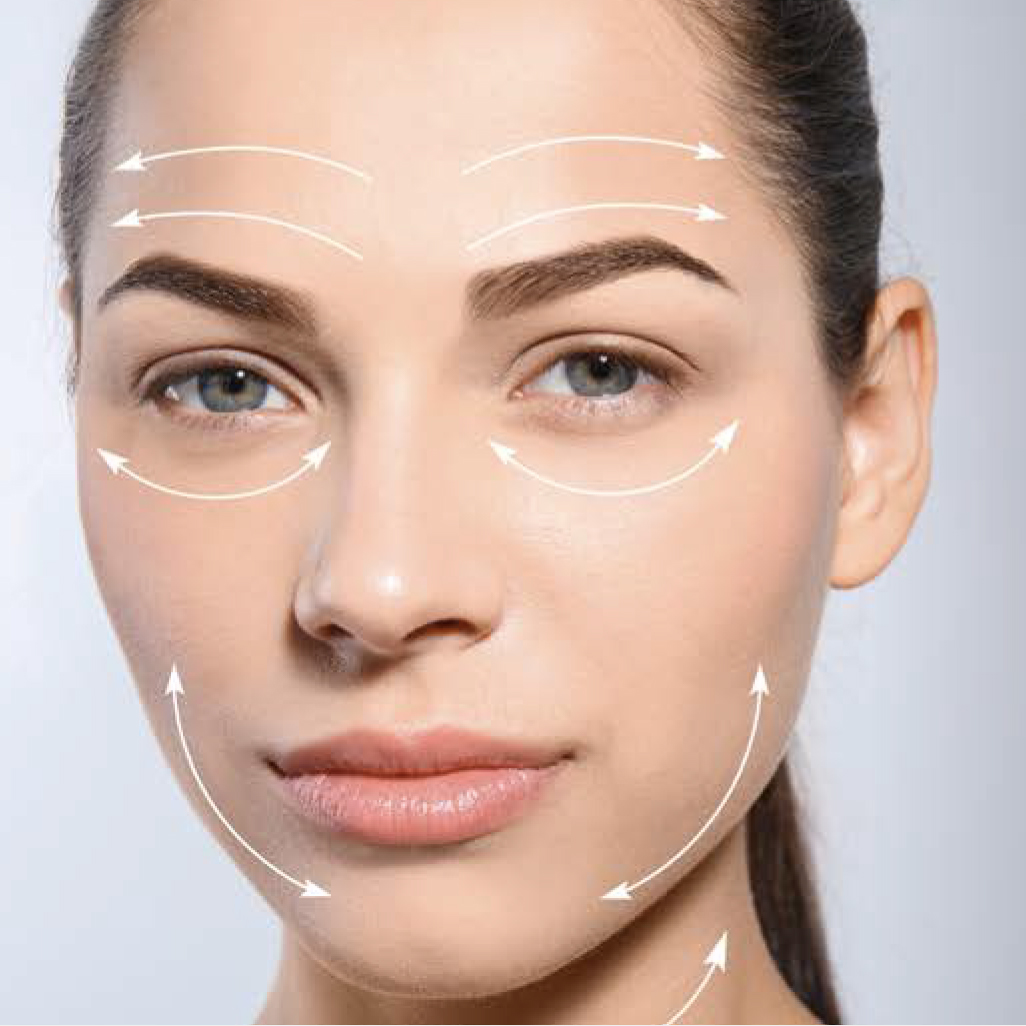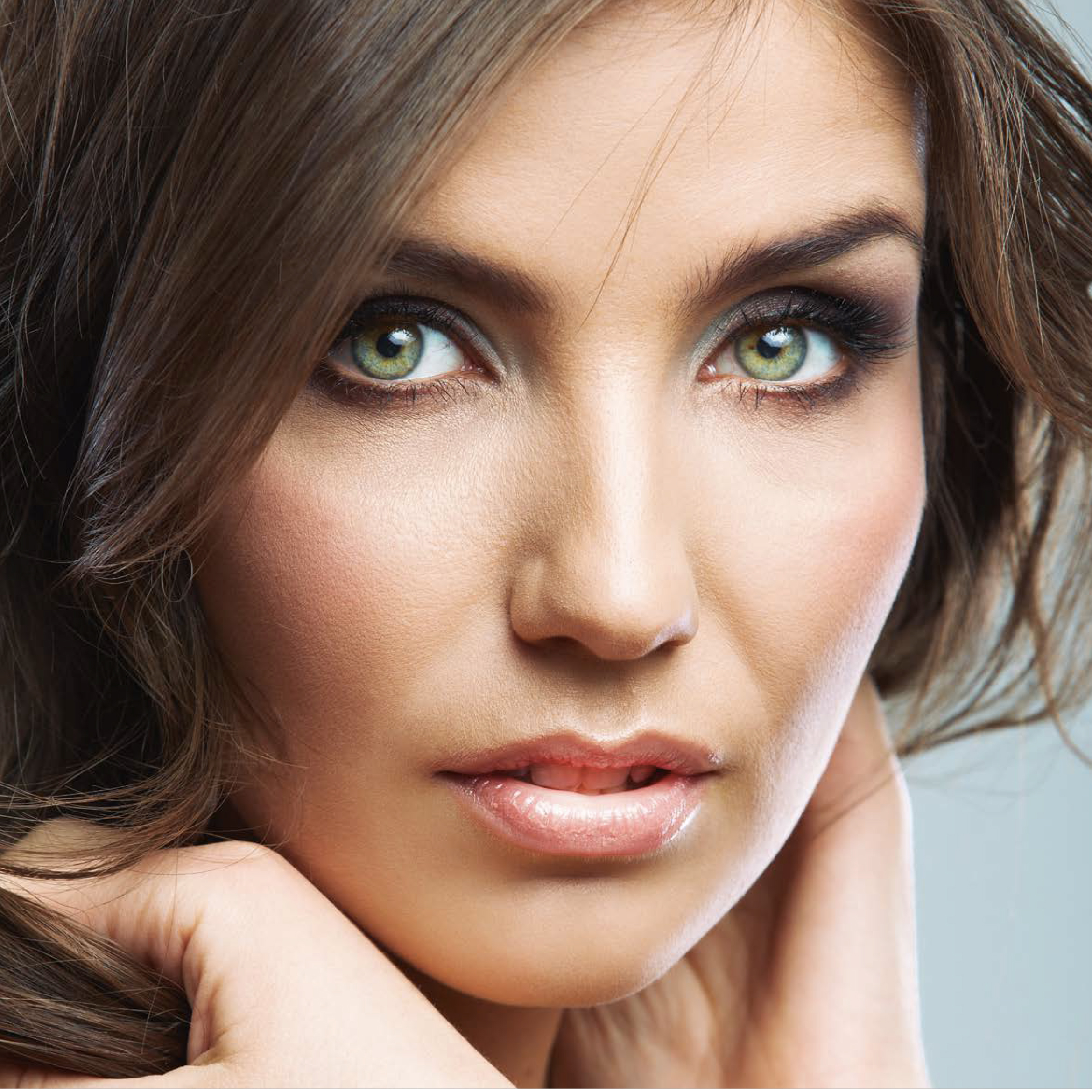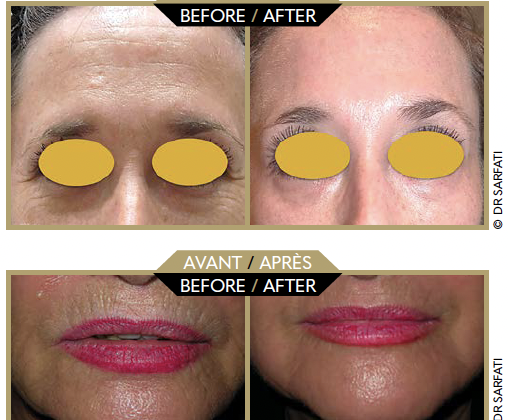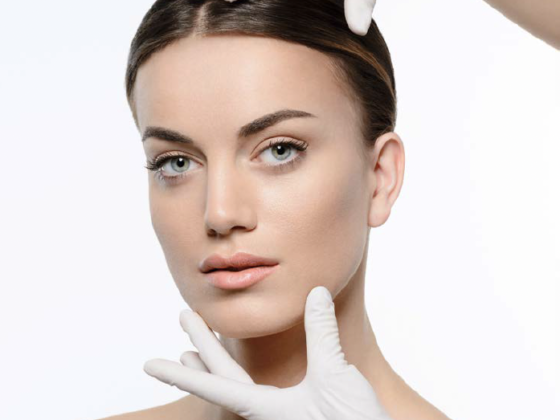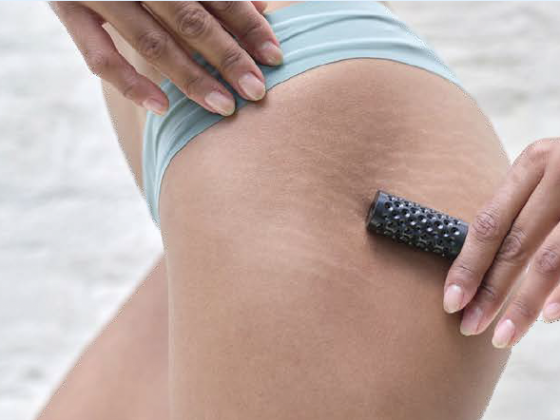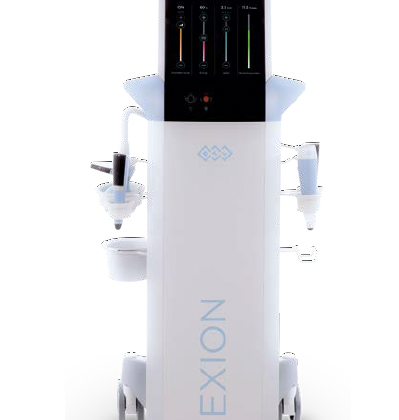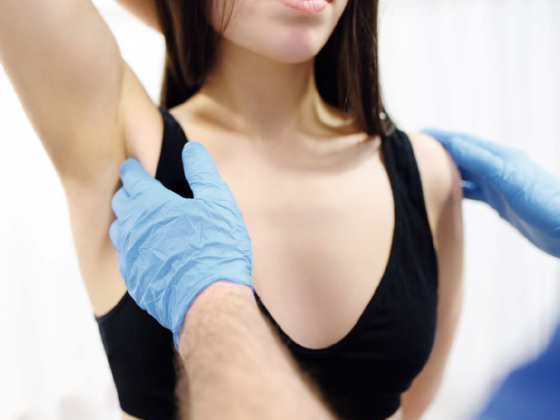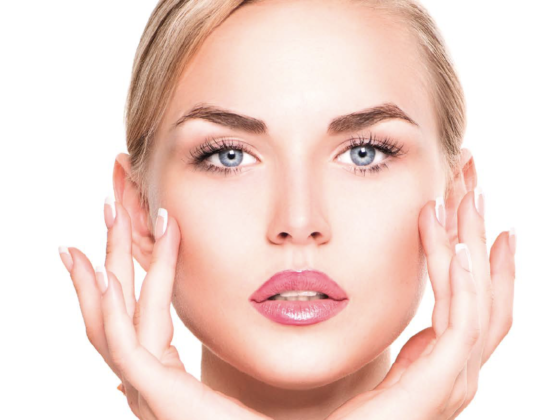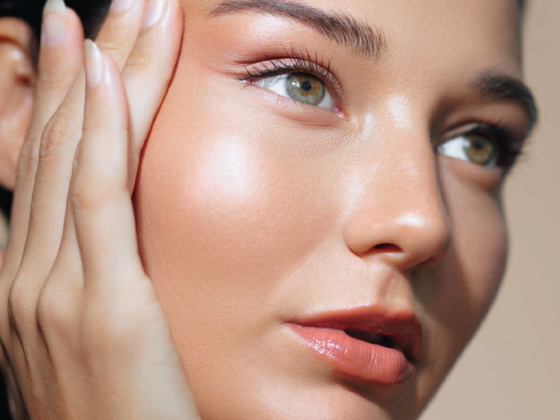By the doctor Jerome Paris
Aesthetic and functional approach
 Botulinum toxin has many uses, as proven in the fourth edition of the “Botulinum Toxin Summit”.
Botulinum toxin has many uses, as proven in the fourth edition of the “Botulinum Toxin Summit”.
In the masseteric region, the indications for toxin are both aesthetic and therapeutic.
• The therapeutic indications target the masseter muscle wit-hin the framework of SADAM-type mandibular syndromes, with bruxism and other invalidating symptoms. Botulinum toxin injections are offered in addition to treatment with gum shields, temporo-mandibular massages and relaxation, when the latter are insufficient. These masseter injections are sometimes associated with injections into the pterygoid muscles in order to optimise the overall efficacy in reducing the tonus of the masticator muscles. The course of botulinum toxin injections into the masseter muscle is similar to the course carried out for aesthetic indications, and the injections are repeated every 4 to 5 months for a long-lasting effect.
• Guiding the injections. Botulinum toxin injections into the masseter are often guided by digital palpation. The palpation is relatively easy, given the superficial nature of the muscle under the skin and the SMAS. The way the muscle contracts when the mouth is forcibly closed allows us to properly feel the different muscle fascia, for optimum guidance.
The parotid gland
The indications for injection into the parotid gland are above all, functional therapeutic indications. Since 2019, German botulinum toxin has obtained a marketing authorisation for injection into the salivary glands, more specifically the parotid gland. The injection of toxin into the salivary glands is remarkably effective, and its effects appear more rapidly than when injecting into the muscles: the effects set in from the third or fourth day.
Hypersialorrhea
Botulinum toxin significantly reduces saliva secretion. Its indication is therefore logical in the case of hypersialorrhea. The injections are generally carried out into the parotid gland as well as into the submandibular glands. It is most often indicated for patients with a history of neurological issues and who present deglutition issues (Parkinson’s disease). Patients who are adversely affected by this excess saliva can benefit from injections carried out into the transcutaneous tissues, with 2 to 4 injections into the parotid salivary parenchyma. We strongly recommend using an ultrasound scan as a guide in this situation, to enable injection only into the salivary parenchyma.
Functional salivary pathologies
Functional salivary pathologies can benefit from botulinum toxin injections in certain situations, when therapeutic sialen- doscopy techniques are unsuitable. Chronic and recurring stenosis are an indication for toxin injections, as they put the parotid gland at rest, thus reducing any episodes of colic or salivary hernias.
Complications post parotid surgery
Like for all surgery, parotid surgery can present post-operative complications. The specific early complications are post-operative salivary fistulae while the later complications appear as Frey’s syndrome. Botulinum toxin is very useful for treating these two complications.
Salivary fistulae appear 5 to 10 days after surgery and cause salivary inflammation in the operating site. It used to be treated using compression bandages and frequent draining, but botulinum toxin allows for rapid treatment and is particularly effective when injected post-operatively, as it dries out the fistula in a few days. Some situations justify these injections as a preventative measure, prior to operation, in order to avoid the appearance of a fistula.
Frey’s syndrome is a late complication that usually appears between 12 and 18 days after the operation. It is “gustatory sweating” which presents as excessive skin sweating on the operating site when eating. Frey’s syndrome is caused when the auriculotemporal nerve grows back, from deep within the ope- rating site towards the skin. The physiopathology corresponds to skin stimulation by the auriculotemporal nerve (which has, abnormally, numbed the skin) which, because it cannot produce saliva, produces sweat. The botulinum toxin is injected into the subcutaneous layer in the region concerned, which is identified using a Minor test. It allows us to stop the sweating within 3 to 5 days and for a long period, up to 12-18 months.
 By the Doctor Jerome Paris
By the Doctor Jerome Paris
Cervicofacial surgery
Plastic surgery for the face Euro-Mediterranean Institute of Aesthetic and Plastic Surgery Marseille, France
More information on jerome-paris.com





